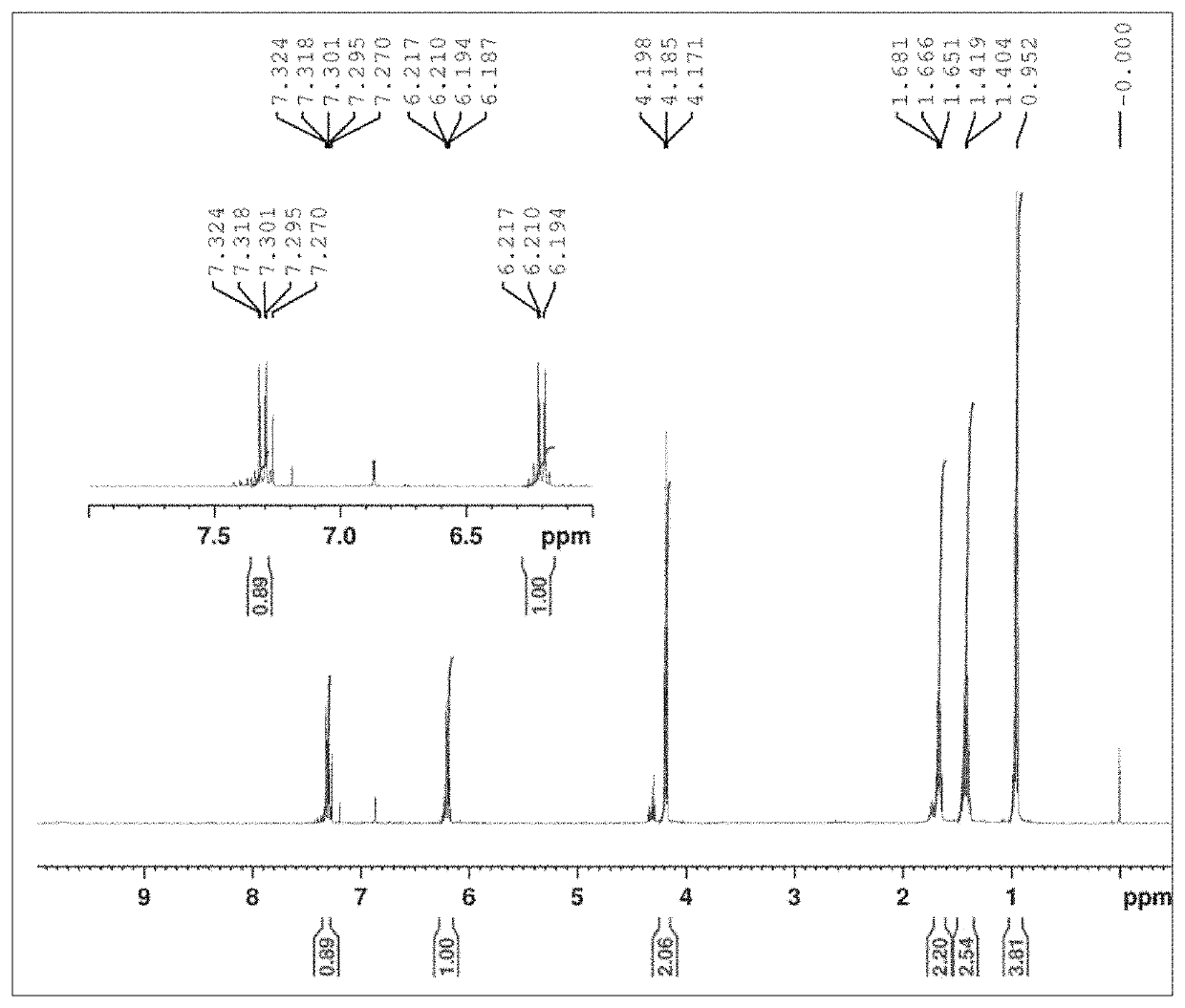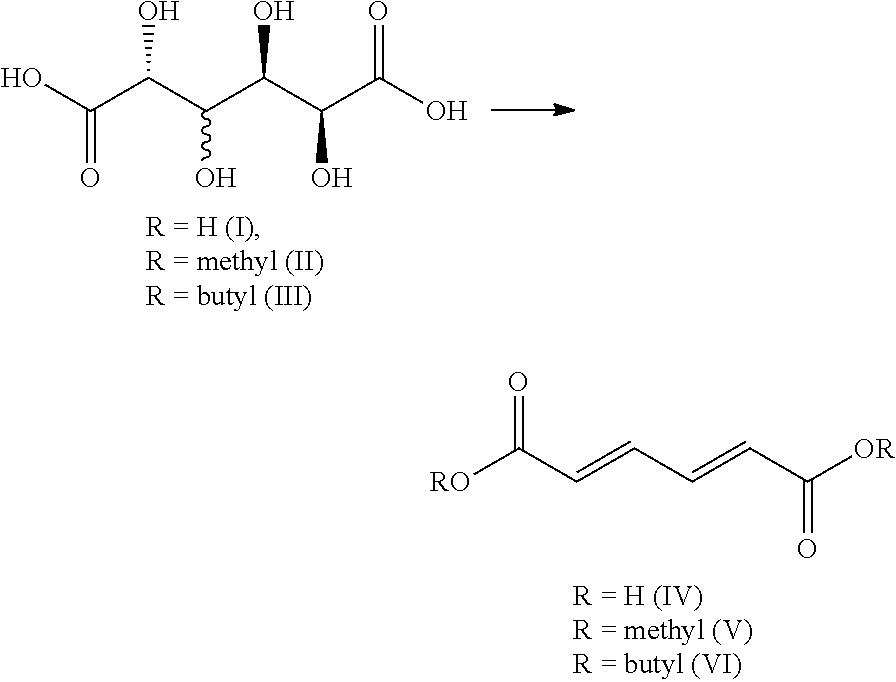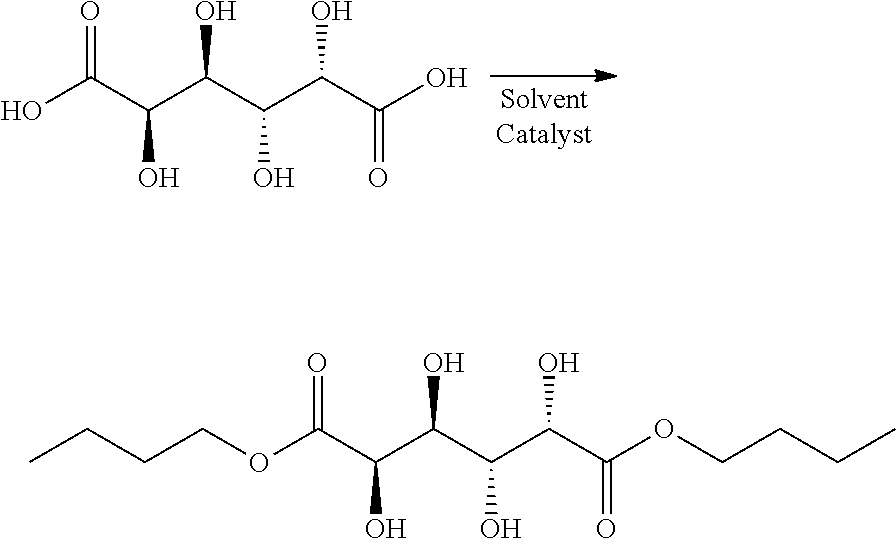Synthesis and purification of muconic acid ester from aldaric acid esters
a technology of aldaric acid esters and muconic acid ester, which is applied in the preparation of carboxylic compounds, metal/metal-oxide/metal-hydroxide catalysts, physical/chemical process catalysts, etc., can solve the problems of high cost of methyltrioxorhenium catalyst (mto), limited yield of approximately 35%, and difficulty in catalyst reuse. achieve the effect of reducing catalyst use, reducing solvent use, and reducing solvent us
- Summary
- Abstract
- Description
- Claims
- Application Information
AI Technical Summary
Benefits of technology
Problems solved by technology
Method used
Image
Examples
examples
[0042]The GC-FID and GC-MS analyses were done with Shimadzu GC-1020 Plus Gas Chromatograph equipped with FID or MS analyser. The column used was ZB-5HT Inferno and the temperature program 100° C. / 1 min->10° C. / min to 280° C. / hold time 1 min->30° C. / min to 350° C. / hold time 5 min. When using FID analyser the following parameters were used Injector temperature 320° C., detector temperature 380° C., carrier gas helium, pressure 100.2 kPa, total flow 103.8 ml / min, column flow 1.00 ml / min, linear velocity 27.5 cm / sec, purge flow 3.0 ml / min, injection volume 1.0 μl, split ratio 100. When using MS-detector the following parameters where used injector temperature 260° C., detector temperature 250° C., carrier gas helium, pressure 60 kPa, total flow 10 ml / min, column flow 1.00 ml / min, linear velocity 39 cm / sec, purge flow 3.0 ml / min, injection volume 1.0 μl, split ratio 5.0. All reaction fractions were silylated with standard methods prior to GC-FID and GC-MS analysis. 1H NMR analysis has b...
PUM
| Property | Measurement | Unit |
|---|---|---|
| temperature | aaaaa | aaaaa |
| temperature | aaaaa | aaaaa |
| temperature | aaaaa | aaaaa |
Abstract
Description
Claims
Application Information
 Login to view more
Login to view more - R&D Engineer
- R&D Manager
- IP Professional
- Industry Leading Data Capabilities
- Powerful AI technology
- Patent DNA Extraction
Browse by: Latest US Patents, China's latest patents, Technical Efficacy Thesaurus, Application Domain, Technology Topic.
© 2024 PatSnap. All rights reserved.Legal|Privacy policy|Modern Slavery Act Transparency Statement|Sitemap



